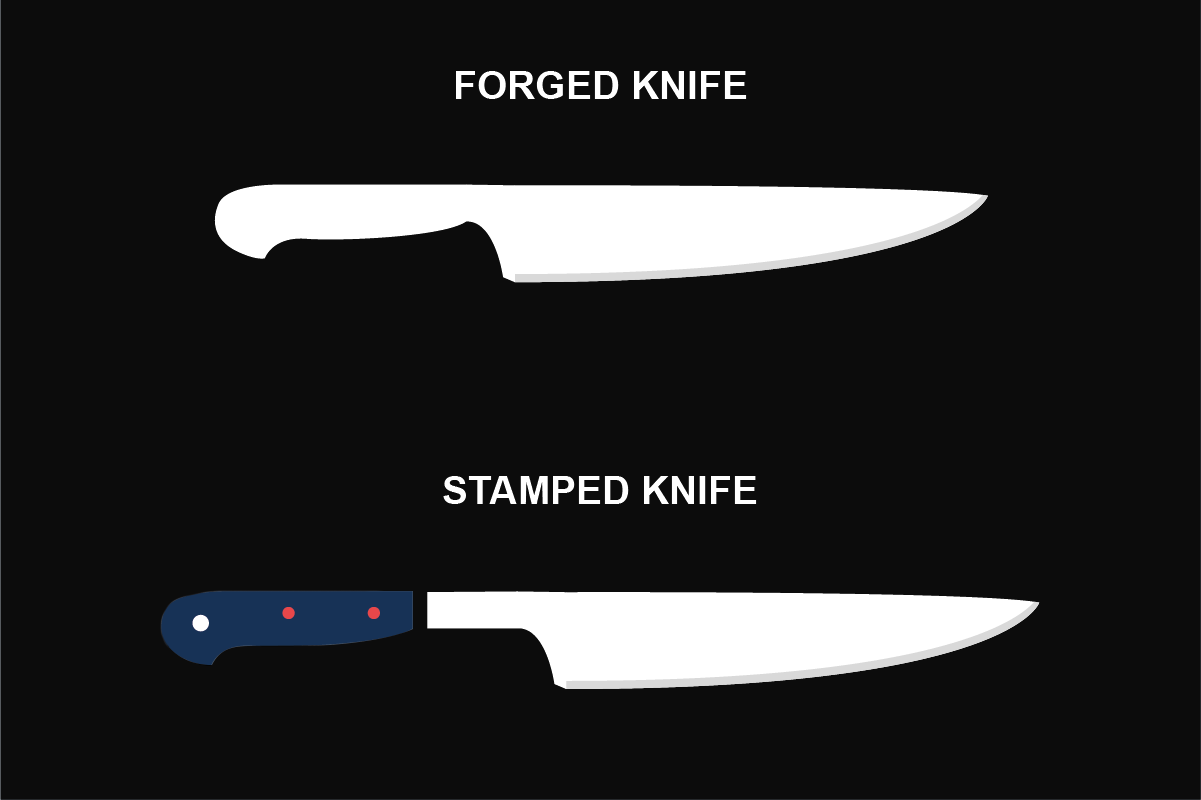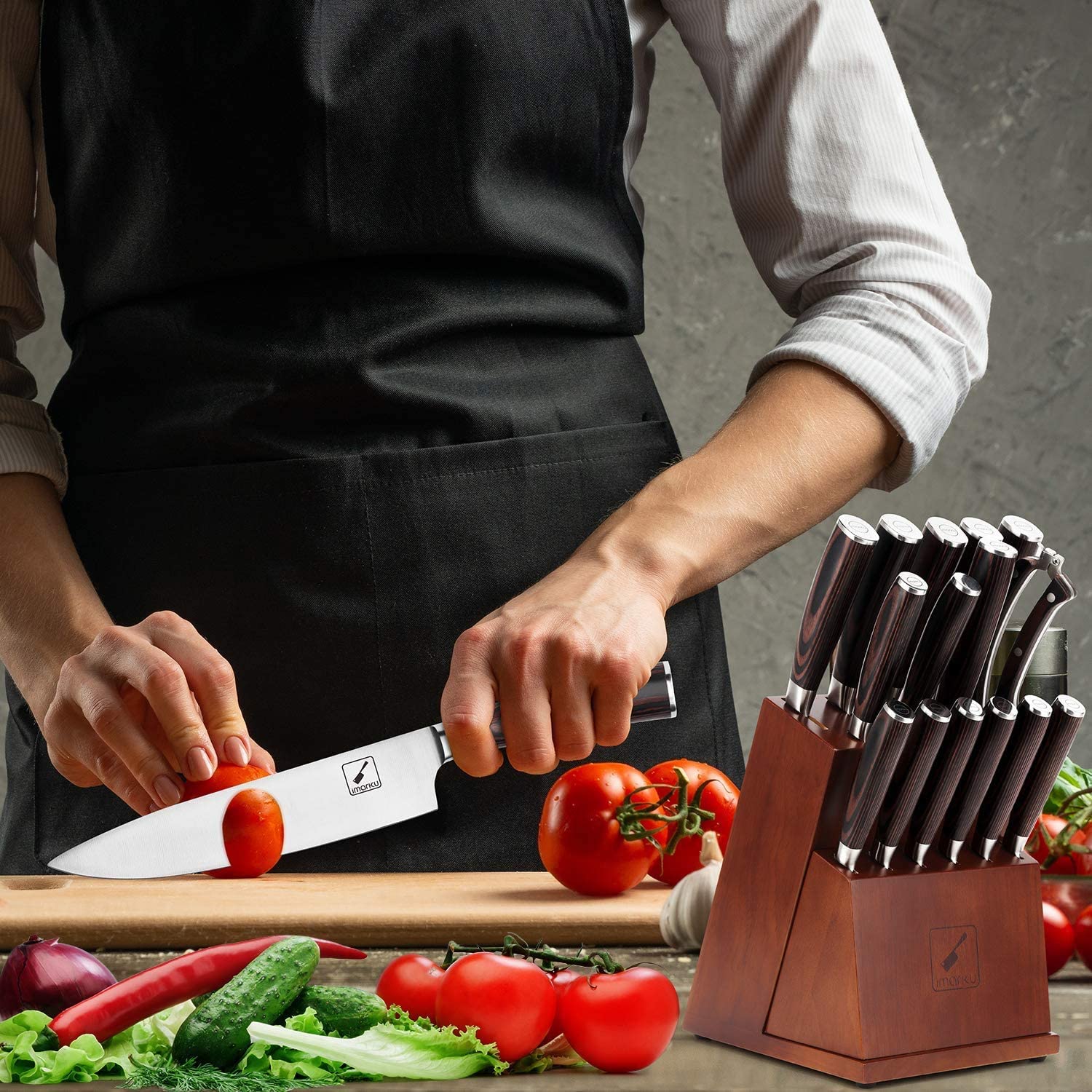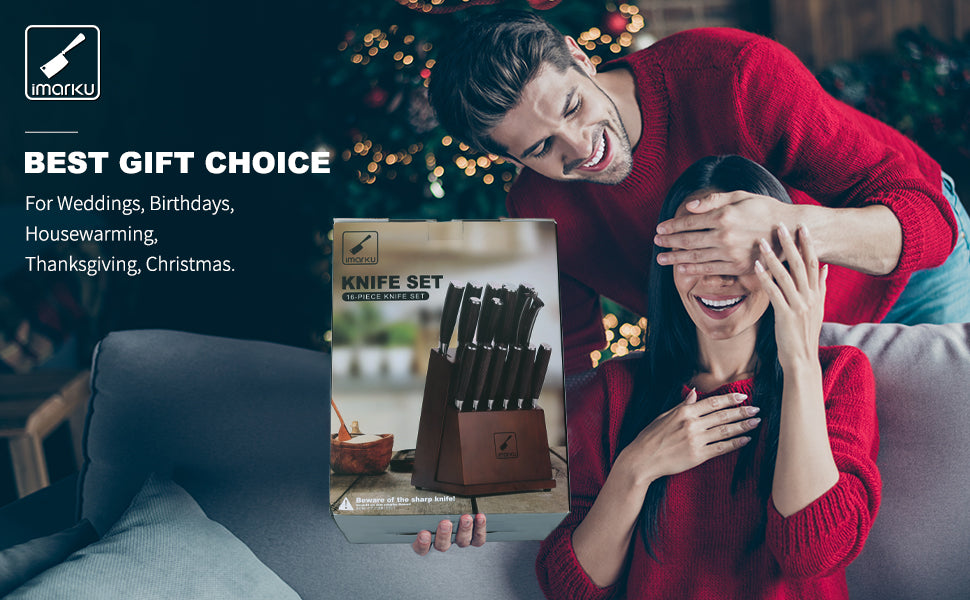
How to Mince Ginger
Ginger is a vital ingredient to enhance a good taste and flavor when having different recipes. Its exotic, special, intense, medicinal, and delicious properties make it a perfect addition to any meal. Apart from making the food spicy and delicious, it comes with health benefits. These health benefits may include helping in preventing nausea, fighting against cancer, lowering blood sugar, improving digestion, and providing anti-inflammatory effects.
However, to complete your meals, it'll be good to properly grate or mince your ginger root to allow the distribution of its intense flavor. Read through the article to understand how to mince ginger properly when preparing it.

How to Peel Ginger
It's important to peel ginger as many recipes require a peeled ginger root before grating and mincing it. Peeling of your ginger root is purely due to aesthetic reasons. Ginger has a thin skin, which is edible, so if you're required to chop the ginger into small cubes or mix it with other spices, it won't be necessary to peel.
However, when your recipes require you to peel the ginger, it'll be imperative to consider choosing the appropriate method and having the right tools to peel it correctly. Before peeling your ginger, it'll be essential to note that you'll need only to peel enough ginger you'll use for your needs as peeled gingers tend to go bad quickly.
Below are proper ways you can use to peel your ginger:
● Using a spoon
Using the side of your spoon is the safest and best way to peel off your ginger skin. The method involves scraping away the ginger skin from the flesh. Using the spoon is a straightforward process that involves removing the outer skin layer of the ginger skin.
● Using a knife
When the skin is thicker, which is rare, or you've stored your ginger for a long time, and it has hardened, you'll need a paring knife. Using a paring knife makes the peeling process faster; however, you'll need to be very careful. Ensure that you don't remove some of the flesh while having the paring knife. Lastly, choose the right weight of paring knives, avoid heavy ones.

Mincing Vs. Grating Ginger
The most traditional method of preparing ginger for a particular recipe is grating, while some experts believe mincing is modern. While grating and mincing, you'll get almost similar results, but you can't use the processes interchangeably. You'll get a more pulpy ingredient when grating, whereas for mincing, the ingredient will consist of tiny and distinctive little ginger cubes.
Grating ginger is the more appropriate method, making a more intense flavor. You can either use a cheese grater, ginger grater, or Microplane grater, which offers the best alternative when grating.

Step by Step on How to Mince Ginger
Mincing ginger is a very simple process; however, you'll need to follow the stepwise process carefully to achieve the best results. Below is the stepwise process on how to mince ginger:
Step 1: Slice
Ginger comes in an irregular shape; thus, you'll need to hold it firmly against a chopping boarding when slicing it. After holding it on the cutting board, slice the ginger across into pieces resembling coins. Importantly when cutting to get the proper direction, it'll be good to consider following the ginger's fibers line.
Step 2: Slice again
After slicing the coins, arrange them together, preferably two or three at a time, to prevent them from moving while slicing. After achieving a proper arrangement, slice them once more until you get some thin matchstick-like thin pieces. If possible, you can continue slicing until you achieve thinner pieces.

Step 3: Slicing them crosswise
After getting the matchstick-like ginger pieces, it'll be good to stack them and slice them once more. However, you have to slice them crosswise this time, resulting in very tiny ginger cubes.
Step 4: Slice to the smallest size possible
When preparing a meal to achieve ginger's best flavor and test in your recipe, it'll be vital to mince your ginger to the smallest sizes. Therefore, you can go ahead and slice these pieces into the smallest possible ginger sizes.
Best Knives for Mincing Your Ginger
When mincing your ginger, the type of knife you choose for mincing matters, as they'll determine the quality of your ginger ingredients. Below are the best knives you can use for mincing ginger:
1. Imarku Paring Knife 3.5"
It's the best paring knife you can use for mincing your ginger due to its sophisticated features. The knife comes with the best durability, sharpness, and best functionality features. Its sharpness and lightweight make it ideal for mincing your ginger and other ingredients.

Pros
● They are sharp
● Have a narrower blade for easy maneuverability and agility
● Has best oxidation and stain resistance features
● Perfectly fitting handles
Cons
● Not suitable for left-handed cooks
● Limited varieties
2. Imarku 8" Chef's Knife Series
This Imarku series of knives offers the best piece for preparing any recipe ingredients by slicing, mincing, dicing, and chopping them. Therefore, it's the best alternative for mincing your ginger ingredients to achieve the perfect flavors and taste in your meals. This knife comes with a 60 HRC hardness that makes it slice your ginger into small pieces.

Pros
● High functionality due to the high-carbon steel blade
● It offers a multi-functional knife option
● Comfortable Pakka-handle
● Resistant to moisture
● Offers the best durability features
Cons
● Its cost may surpass your budget
3. Imarku Hammered Chef Knife 8"
It's an attractive and long-lasting paring knife option with a Pakkawood handle and hammered blade. A hammered chef knife is a decent option you can use for slicing and mincing your ginger when preparing your meal. It comes with the best features, such as beautiful and unique dimpled patterns for releasing your food after slicing or dicing.

Pros
● Have a high carbon stainless steel
● They are durable
● It offers the best multi-functional knife in the kitchen
● It has an ultra-sharp blade edge
● It comes with an ergonomic handle
Cons
● It losses the ability to use its tip when having precision mincing needs.
How to Store Ginger
Proper storage of ginger is very important to ensure you preserve its taste, flavor, and quality. Importantly, it'll be good to store ginger with the skins and large quantities. Nonetheless, if you want to store peeled ginger, it's necessary to pack it in towels or a paper bag, restricting the pieces from contacting with any moisture or air.

After which, place the pieces in the freezer or refrigerator, as you can't leave the peeled pieces at room temperature. When freezing, it'll be vital to freeze or refrigerate the minced particles in an airtight container. Preserving the ginger by freezing ensures their long shelf life of up to a couple of months without going bad.
Conclusion
Ginger is an important ingredient when enhancing your meal's taste or flavor. Importantly, to achieve the best flavor in your meal, it'll be good to consider proper mincing or slicing techniques.
Choosing the best paring knives will be important to enhance the best result from mincing your ginger ingredients. The above provides the necessary guidelines on how to mince ginger and the best paring knives you can use to achieve the best results.



























